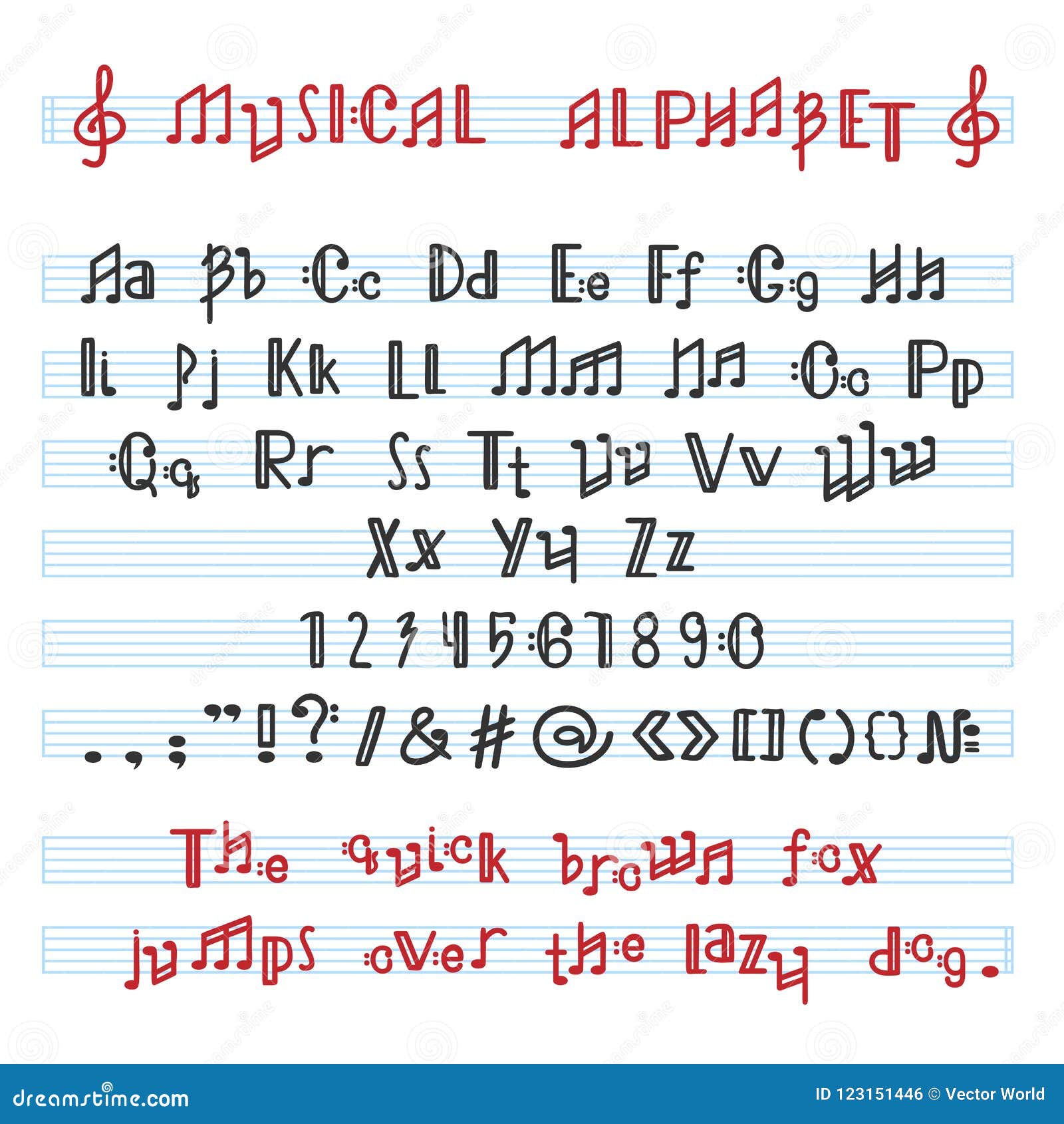
Effects of key signature and local accidentals do not accumulate. A special accidental, the natural symbol ♮, is used to indicate a pitch unmodified by the alterations in the key signature. Explicitly noted accidentals can be used to override this effect for the remainder of a bar. Systematic alterations to the seven lettered pitches in the scale can be indicated by placing the symbols in the key signature, which then apply implicitly to all occurrences of corresponding notes. In musical notation, accidentals are placed before the note symbols. Each note shown has a frequency of the previous note multiplied by 12√ 2Īdditional accidentals are the double-sharp, raising the frequency by two semitones, and double-flat, lowering it by that amount. The accidentals are written after the note name: so, for example, F ♯ represents F-sharp, B ♭ is B-flat, and C ♮ is C natural (or C).įrequency vs position on treble clef.

In modern tuning a half step has a frequency ratio of 12√ 2, approximately 1.0595. The sharp sign ♯ raises a note by a semitone or half-step, and a flat ♭ lowers it by the same amount. Letter names are modified by the accidentals. There are two formal systems to define each note and octave, the Helmholtz pitch notation and the scientific pitch notation. For example, the now-standard tuning pitch for most Western music, 440 Hz, is named a′ or A 4. To differentiate two notes that have the same pitch class but fall into different octaves, the system of scientific pitch notation combines a letter name with an Arabic numeral designating a specific octave. The name octave is also used to indicate the span between a note and another with double frequency. The eighth note, or octave, is given the same name as the first, but has double its frequency (first harmonic). In traditional Indian music, musical notes are called svaras and commonly represented using the seven notes, Sa, Re, Ga, Ma, Pa, Dha and Ni. Several European countries, including Germany, use H instead of B (see below for details). However, in English- and some Dutch-speaking regions, pitch classes are typically represented by the first seven letters of the Latin alphabet (A, B, C, D, E, F and G). In European music theory, most countries use the solfège naming convention do–re–mi–fa–sol–la–si, including for instance Albania, Belgium, Bulgaria, France, Greece, Italy, Lithuania, Portugal, Romania, Russia, Spain, Turkey, Ukraine, most Latin American countries, Arabic-speaking and Persian-speaking countries. Because of that, all notes with these kinds of relations can be grouped under the same pitch class.

Two notes with fundamental frequencies in a ratio equal to any integer power of two (e.g., half, twice, or four times) are perceived as very similar.


 0 kommentar(er)
0 kommentar(er)
